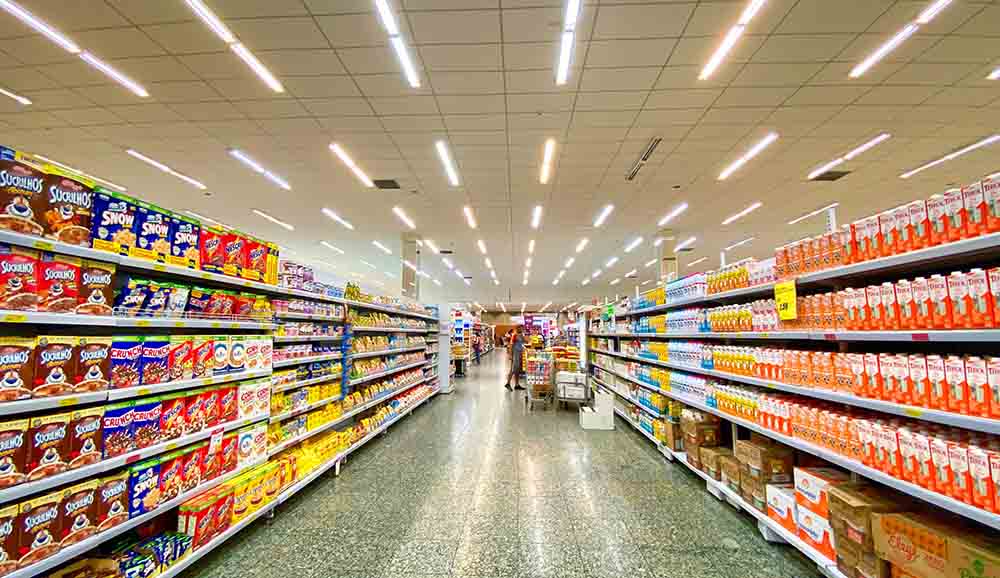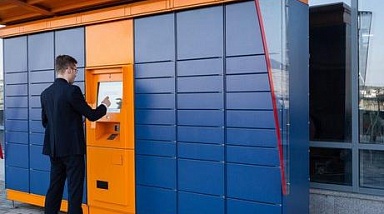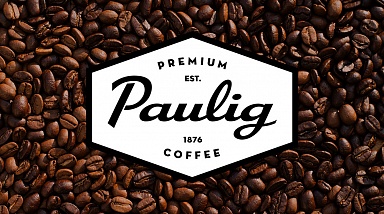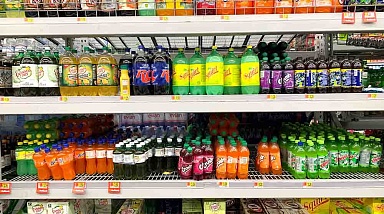
Effect Covid. Stages behavior market
The study shows that the very phenomenon of COVID is alarming for 77% of shoppers. But if we consider not the pandemic itself, but its economic consequences, the number of people expressing serious concern will increase to 91%.
Effect Covid. Stages behavior market.
In the context of the onset of the coronavirus crisis, the market was divided into 3 stages of behavior:
1) panic;
2) adaptation;
3) return to normal.
However, the possibility of the appearance of new stages cannot be ruled out. In order for the tactics of the market behavior of manufacturers and retailers to correspond to the real market conditions, it is necessary to be aware of the specifics of each stage..
The main phases of the crisis:
1. Panic phase. The demand for groceries, confectionery, household chemicals has grown. Note that the product categories were unique in each country. So, in Russia, sales of laundry soap grew at double-digit rates, while in Italy the leader of growth is liquid soap. The real challenge of the panic phase for retailers was the 2 weeks from March 16 to March 29. It was then that the market showed its maximum growth rate (+ 116%), and the primary need was to provide buyers with stocks of food and personal care products.
2. Adaptation phase. High demand categories: wet wipes, disposable gloves, canned meat (doubled). The most affected category was makeup products (halved). In general, in 2 weeks from April 20 to May 3, Russians began to adapt to the new realities of the market. The growth of FMCG & nbsp; in this time period is 97%.
3. The new normal phase. The first challenge of this phase is the development of new elements of differentiation, new assortment, prices, packaging. An example is the downsizing trend - reduction in package size. Small packaging allows the buyer to buy to save money, and the manufacturer to save sales. The second challenge is to increase the role of communication with customers. Correctly structured feedback will allow you to quickly respond to changes in demand, consumer sentiment, and also stimulates long-term loyalty.
Product categories during the coronavirus crisis were divided into:
- panic with short-term consequences (toilet paper, napkins)
- panic with a long-term effect (soaps, sanitizers, personal care products)
- stress relief products (chocolate, biscuits, chips, wine)
- products for self-cooking (vegetables, pasta, rice)
- goods, the interest in which has been drastically reduced by self-isolation (makeup products, razors, sparkling wine)
The decrease in interest in sparkling wines, with an increase in interest in ordinary wines, deserves attention. The positioning of sparkling wines as an integral part of the holiday, which actually did not exist during self-isolation, played a cruel joke. Also, an increase in consumer interest in the “cooking at home” trend is playing a significant role. It is inherently connected with the closure of the HoReCa segment. The trend is relevant to this day, as it reflects the desire of one part of people to stay at home, and the other - to more economically spend resources on food.
Last News

From year to year in Russia, there is an increase in the number of order pick-up point and, according to experts, their number has reached 40 thousand, and this is only those that belong to various services and shops. In addition to them, there are 42 thousand "Почта России". The increase in the number of pickup points and post offices was influenced by the coronavirus pandemic. What are the further prospects for the development of this type of service?

The growth of counterfeit goods is one of the most pressing problems that have gripped the entire globe. In this article, we will look at how much it is possible to fight fakes and what methods are used for this.

As a result of the introduction of quarantine measures that were aimed at preventing COVID-19, an increase in sales on electronic platforms of a variety of product categories, which led to a huge demand for the provision of delivery services. This made retailers think about solving the issues that arose in the logistics area.

Paulig is currently one of the leaders in the natural coffee segment in Finland, the Baltic States and Russia, and thanks to its wide range of products, every gourmet will find coffee to their liking. Paulig headquarters and largest roaster are located in Helsinki, Finland.

The study shows that the very phenomenon of COVID is alarming for 77% of shoppers. But if we consider not the pandemic itself, but its economic consequences, the number of people expressing serious concern will increase to 91%.

One of the key differences between the coronavirus crisis and cyclical financial crises is its unpredictability, due to the large number of likely events and unpredictable time frames.

The study shows that the very phenomenon of COVID is alarming for 77% of shoppers. But if we consider not the pandemic itself, but its economic consequences, the number of people expressing serious concern will increase to 91%.

The period of self-isolation has had a major impact on consumption habits. At the stage of lifting restrictions, the share of e-commerce is still at a high level. What do brands and retailers need to care about to keep up with this trend?
to our news


